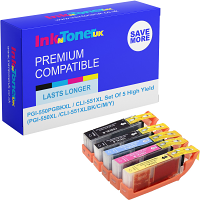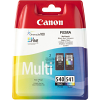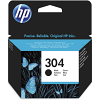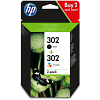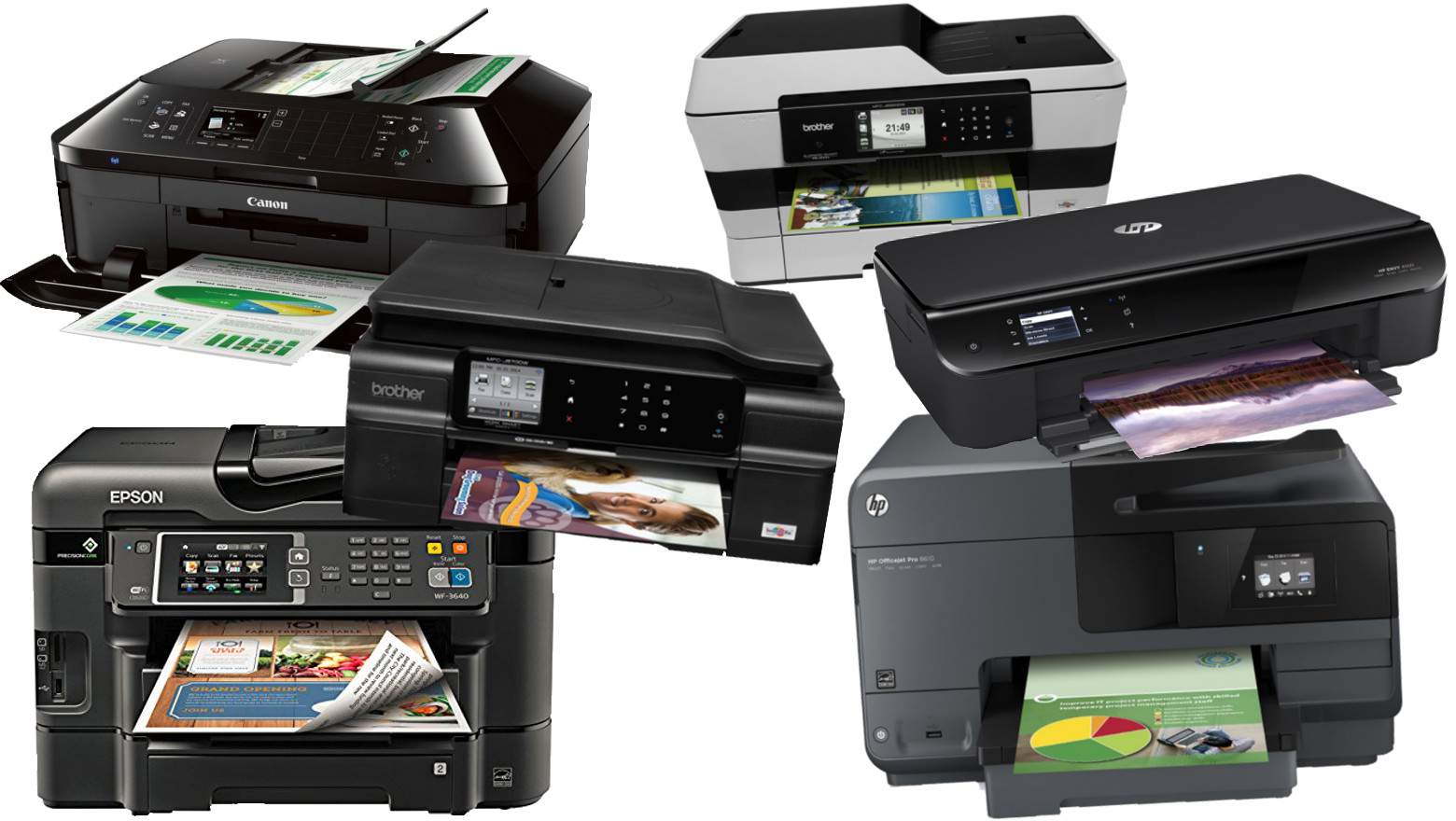 At Ink N Toner UK, we know it can be difficult at times when you want to purchase a printer, perhaps it is your first time buying, or maybe you are looking to upgrade. Well, rest assured we are here to help you with a guide on the kinds of printers you can find, if you would like a more detailed guide, you might want to look
At Ink N Toner UK, we know it can be difficult at times when you want to purchase a printer, perhaps it is your first time buying, or maybe you are looking to upgrade. Well, rest assured we are here to help you with a guide on the kinds of printers you can find, if you would like a more detailed guide, you might want to look
Printer Types
There are varied types of printers depending on how much you would like to spend, as well as what you want out of your printer.
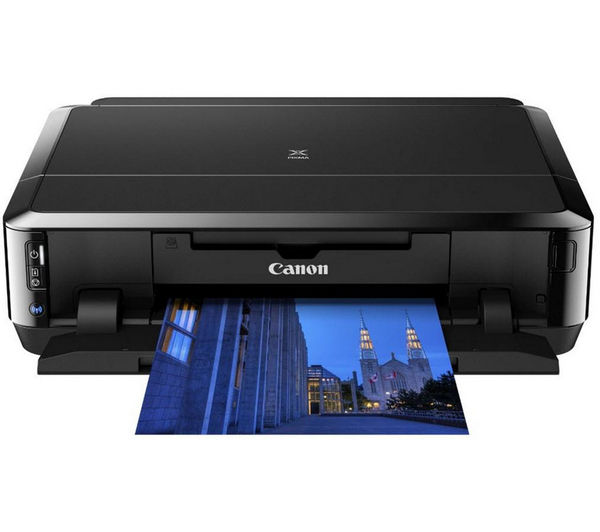 Inkjet Printers
Inkjet Printers
Inkjet printing is a type of computer printing that recreates a digital image by propelling droplets of ink onto paper, plastic, or other substrates. The printers are the most commonly used type of printer, and range from small inexpensive consumer models to expensive professional machines. Inkjet printers tend to produce higher quality photographs than laser printers. If you like photography or are maybe looking to create some photo albums, a good quality inkjet printer makes the most of photos from DSLR and phone cameras.
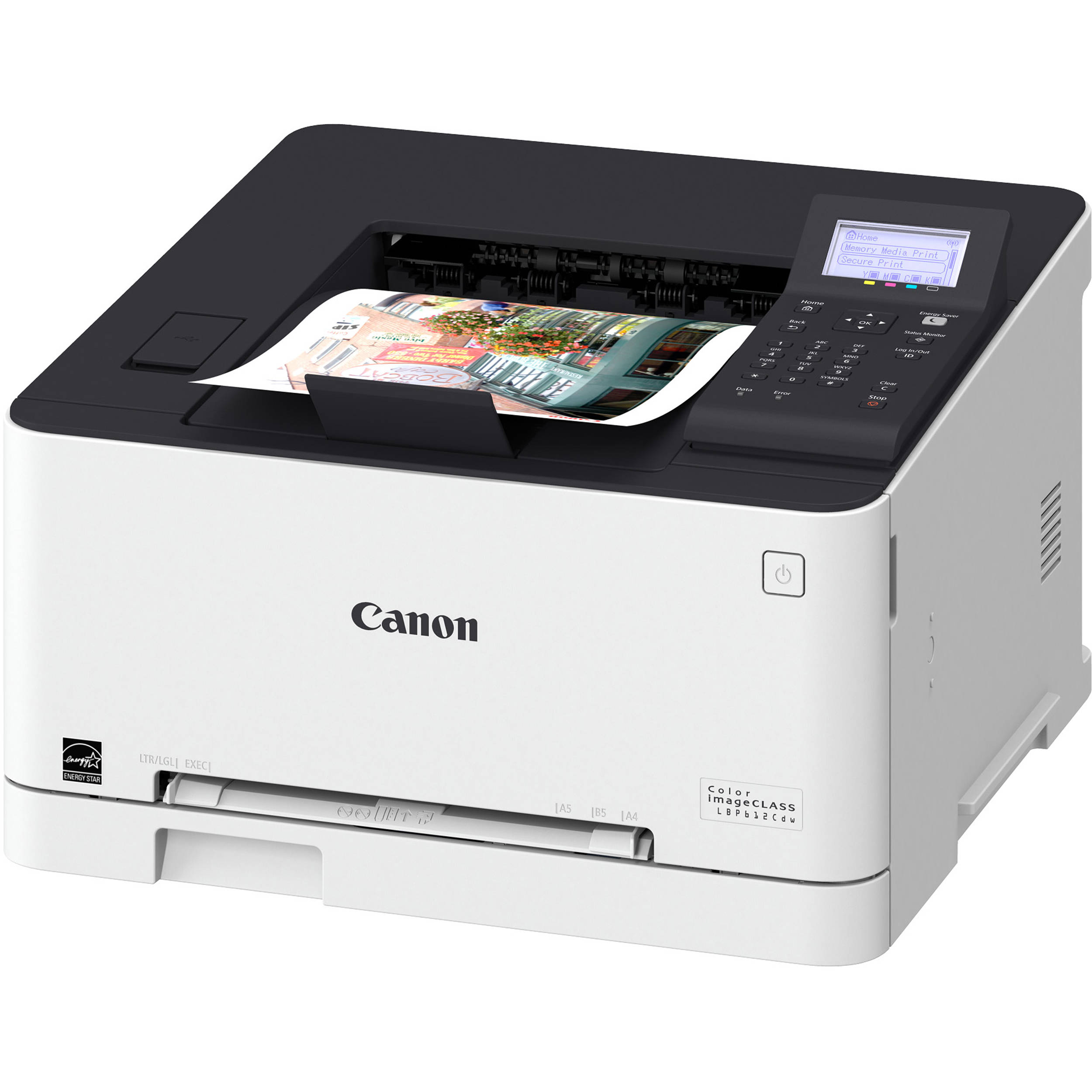 Laser Printers
Laser Printers
Laser printers are designed for consistent use and are able to reduce printing times in offices and homes that print in abundance. A fantastic choice for text documents and high-speed batch printing. Toners do cost more than inkjet cartridges. However, it will print out considerably more. The initial cost price of a laser printer looks like a taxing investment, but over time, the cost-per-page works out cheaper than inkjet printing.
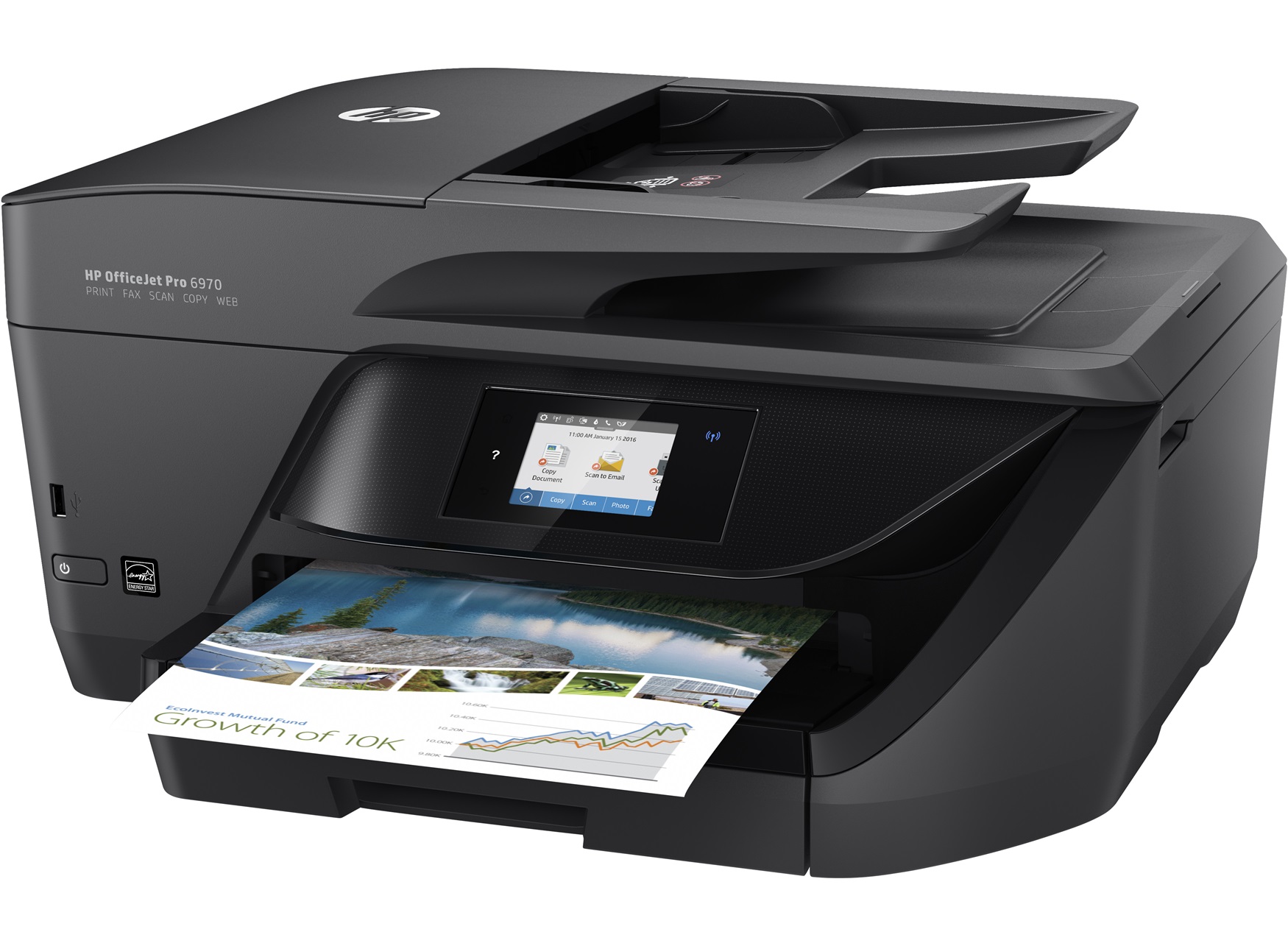 All-in one Printers
All-in one Printers
An all-in-one printer is the amalgamation of a scanner, copier and printer in one device. They are available in both inkjet and laser varieties, offering the bonus from the reduced footprint, and the satisfaction of having a three in one printer. Some all-in-ones have a fax machine as well, which is extremely useful and the ideal printing solution for small or home offices, although of course faxing is very much becoming more and more outdated!
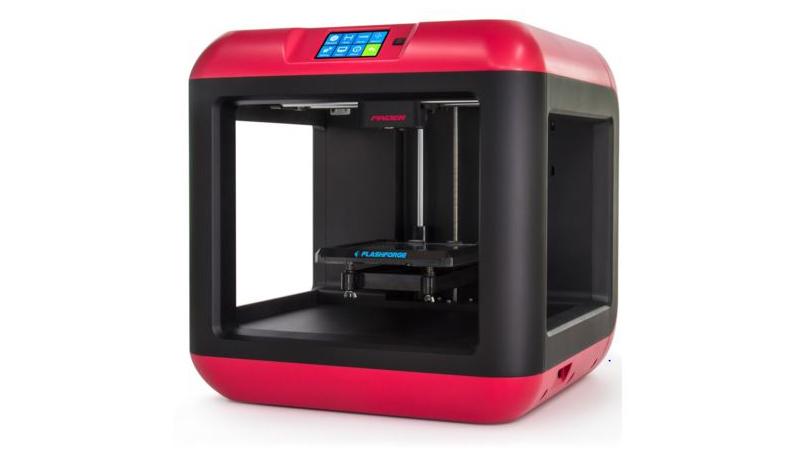 3D Printers
3D Printers
3D printers have recently become much more common and offer a diverse and innovative entry into prototyping and small-scale manufacturing. Whatever you design, you can make. This is great if you want to test parts before you manufacture expensive machining or maybe you want to design a custom phone case, or anything else that your mind thinks. A 3D printer makes once complex manufacturing easy and accessible.
As well as that, there is a plethora of extra features and jargon that you may not understand or even knew exists today!
Wi-Fi Direct/WirelessDirect:
Wi-Fi Direct provides a wireless connection between a printer and device, even if no Wi-Fi signal is present – perfect for homes and offices without a wireless network or in an office as a backup if the network fails.
Apple Airprint:
AirPrint is an Apple technology that helps you create full-quality printed output without the need to download or install drivers. With AirPrint, it’s easy to print full quality photos and documents from your Mac, iPhone, iPad, or iPod touch without having to install additional software (drivers).
Google Cloud Print:
Google Cloud Print (GCP) is a service that allows you to print from any web-connected device. GCP routes print jobs between your computer, smartphone, or tablet and sends it to an Internet-connected printer.
NFC:
Near-field communication is a set of communication protocols that enable two electronic devices, one of which is usually a portable device such as a smartphone, to establish communication by bringing them within 4 cm of each other.Near Field Communication (NFC) is a new feature to printers.
Email Printing:
Settings for email notifications. You can print to any printer that is Email Print compatible printer from any device that can send email, such as your smartphone, tablet, computer, or mobile phone. To use this service, you need to register your printer and account to the brands account first.
Print Quality DPI:
DPI is used to describe the resolution number of dots per inch in a digital print and the printing resolution of a hard copy print dot gain, which is the increase in the size of the halftone dots during printing. This is caused by the spreading of ink on the surface of the media.
Whatever you may need, we have a printer to suit all of your needs, if you want to learn more visit our buying guide on our site at: https://www.inkntoneruk.co.uk/Printer-Buying-Guide.html
We hope you have a great day and we hope we have made it even better helping you get your dream printer.




